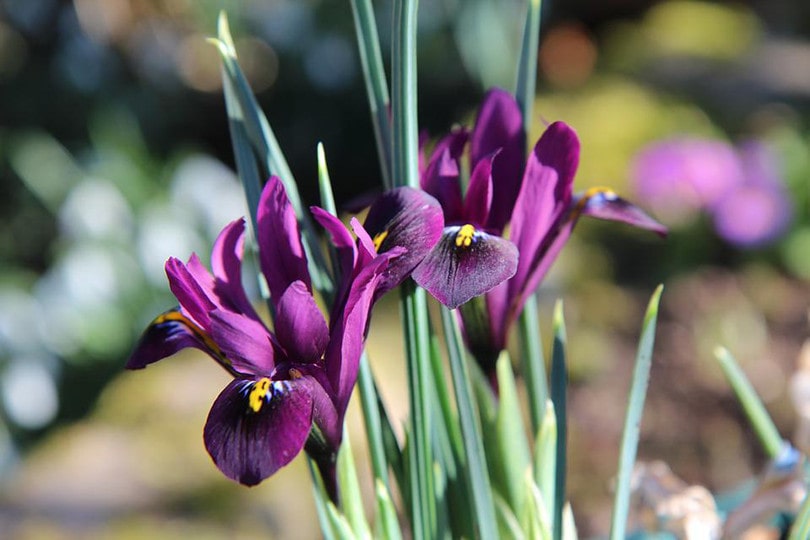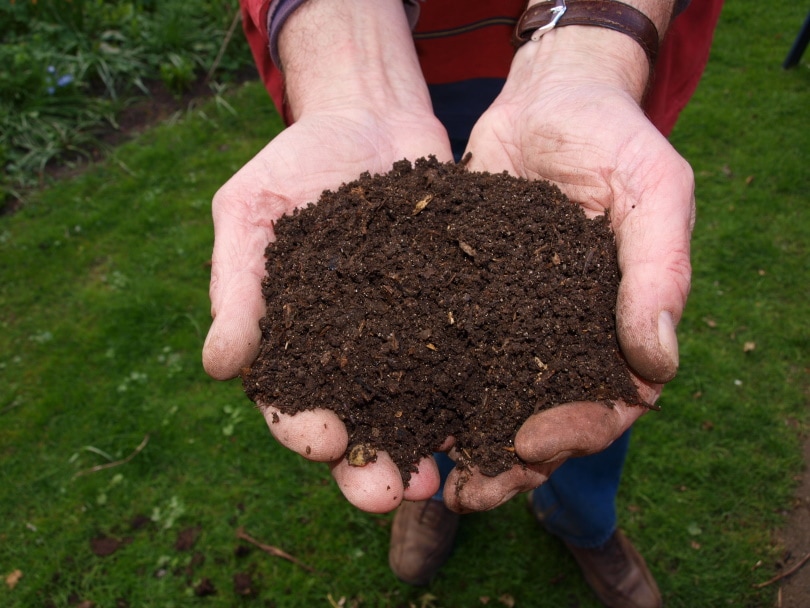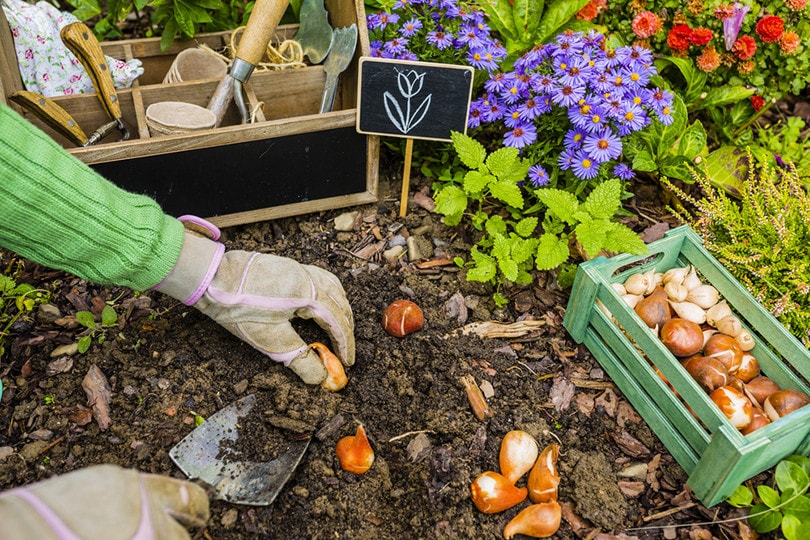How & When To Plant Iris Bulbs: Tips, Tricks, & FAQ
-
Pete Ortiz
- Last updated:

Irises are exceptional flowers with distinctive-looking petals. They have a wide range of different specimens that you can choose from, with more than 250 species with different shapes and unique color patterns.
Irises are very easy to grow and maintain, and in this article, we will guide you on how to do that exactly to have a beautiful, luscious iris plant growing in your home or garden. If you learn how to care for irises properly, you will have a strong plant lasting for years.
When to Plant Iris Bulbs?
The most optimal time to plant your iris bulbs will be between the summer and early fall. September and October would be ideal, although be careful not to plant an iris too late in the fall, or it may not be strong enough to survive the winter.
Before You Begin
Before planting irises in your garden, you will have to choose the species of irises that will fit you best since there are numerous different species to choose from. Your choice will depend primarily on where you will plant this beautiful flower.
Start by collecting all the tools and materials needed to finish this project effortlessly. You don’t need any particular tool other than the standard tools used around the garden, so prepare everything and start planting.
- Garden Fork
- Tiller
- Shovel
- Compost
- Iris rhizomes
Planting Iris Bulbs
1. Choose an ideal spot
An ideal place for planting your irises will be a space in your garden that receives a lot of direct sunlight. While irises can still grow efficiently in shaded areas or areas with partial sun, they will thrive extraordinarily in full sun. If your plant is short, make sure to stop other plants from getting in the way of sunlight, and if you’re planting a tall species of irises, make sure to provide a good shelter for it because the wind may destroy it.
2. Provide adequate soil

Irises adore fertile soil that has excellent drainage. It may be best to choose a raised bed for planting your irises and ensure adding soil that your irises will love. The soil’s pH levels should be preferable neutral, although they might also enjoy slightly acidic soil.
3. Mind the Spacing
Plant the bulbs 1 foot apart from each other to prevent them from crowding the garden bed, and make sure to leave enough room for each plant to receive enough sunlight. Some varieties of irises—such as the Iris reticulata and the Iris histrioides—you can plant much closer together at 4 inches apart and 3 inches deep. In spring, you can add a bit of fertilizer to feed your plant with all the necessary nutrients.
4. Watering
After planting iris bulbs properly, you can expect a very low-maintenance plant. When the plant is still young and underdeveloped, it will require watering frequently. Although when the plant grows, make sure to reduce watering to a minimum and let nature and rain do their own thing, which will usually be sufficient.
5. Storing
Depending on where you grow your irises, you can lift the bulbs after the foliage has dried and store them until next autumn. You can keep your iris bulbs anywhere where it is cold and dark, such as a basement or a shed, in a netted bag.

The 4 Common Issues
Although irises are considered free of any usual trouble, a few pests and diseases can be a problem. Some of these issues include:
1. Aphids
Aphids are tiny, sap-sucking insects that can be very harmful to the leaves if not appropriately treated. You can knock them off the leaves with spray water and apply insecticidal soap to the leaves. You may want to keep beneficial insects around to fight off aphids, such as ladybugs, lacewings, and spiders.
2. Fungal infected leaves
Having fungus on the leaves of the iris can cause a considerable problem for the plant. Ensure to remove and destroy any infected leaves, disinfect tools regularly, and provide the plant with good air circulation. When removing the infected leaves, do not add them to your compost pile or they can further contaminate your soil.
3. Viruses
Make sure to remove any dried leaves or other plant debris regularly. Remove the infected leaves and destroy them properly. Disinfect your tools whenever you get a chance. Get rid of all sap-sucking insects that you have a problem with.
4. Slugs and snails
Slugs and snails are common troublemakers in the garden, and they love to eat fresh vegetables but destroy everything you’ve worked on. Start by adding diatomaceous earth around your plants. Pick out the pests from your garden, one by one, using your hands. Avoid mulch and avoid overhead watering.

Final Thoughts
After discovering how easy it is to grow and care for iris bulbs, we encourage you to try growing them on your own. Irises need minimum attention, so they are great for beginner gardeners or gardeners who don’t have much free time. This plant is a beautiful one to grow in your home, and it will give you a fairytale feeling with its colorful, breathtaking appearance.
Featured Image Credit: Etienne-F59, Pixabay
Contents


